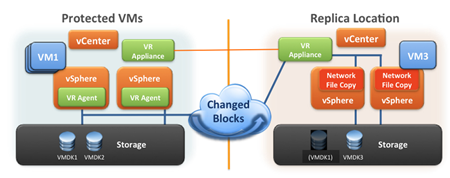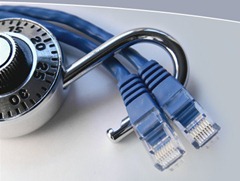What’s New in vSphere 6.0: Cross vCenter and Long Distance vMotion
VMware has finally officially announced what is to be included in vSphere 6.0 after lifting the lid on parts of the update during VMworld 2014 keynotes and sessions.
See my introductory post: What’s New in vSphere 6.0: Finally Announced (about time!) for details of all the components.
vMotion is one of most basic yet coolest features of vSphere, People generally consider the time they saw vMotion work for the first time as their “wow” moment showing the power of virtualisation. in vSphere 5.5, vMotion is possible within a single cluster and across clusters within the same Datacenter and vCenter. With vSphere 6.0 vMotion is being expanded to include vMotion across vCenters, across virtual switches, across long distances and routed vMotion networks aligning vMotion capabilities with larger data center environments.
vMotion across vCenters will simultaneously change compute, storage, networks, and management. This leverages vMotion with unshared storage and will support local, metro and cross-continental distances.
 You will need the same SSO domain for both vCenters if you use the GUI to initiate the vMotion as the VM UUID can be maintained across vCenter Server instances but it is possible with the API to have a different SSO domain. VM historical data is preserved such as Events, Alarms and Task History. Performance Data will be preserved once the VM is moved but is not aggregated in the vCenter UI. the information can still be accessed using 3rd party tools or the .API using the VM instance ID which will remain across vCenters.
You will need the same SSO domain for both vCenters if you use the GUI to initiate the vMotion as the VM UUID can be maintained across vCenter Server instances but it is possible with the API to have a different SSO domain. VM historical data is preserved such as Events, Alarms and Task History. Performance Data will be preserved once the VM is moved but is not aggregated in the vCenter UI. the information can still be accessed using 3rd party tools or the .API using the VM instance ID which will remain across vCenters.















Recent Comments